Fractured France: an ‘informative and funny’ enquiry
Andrew Hussey's work is a blend of ‘memoir, travelogue and personal confession’
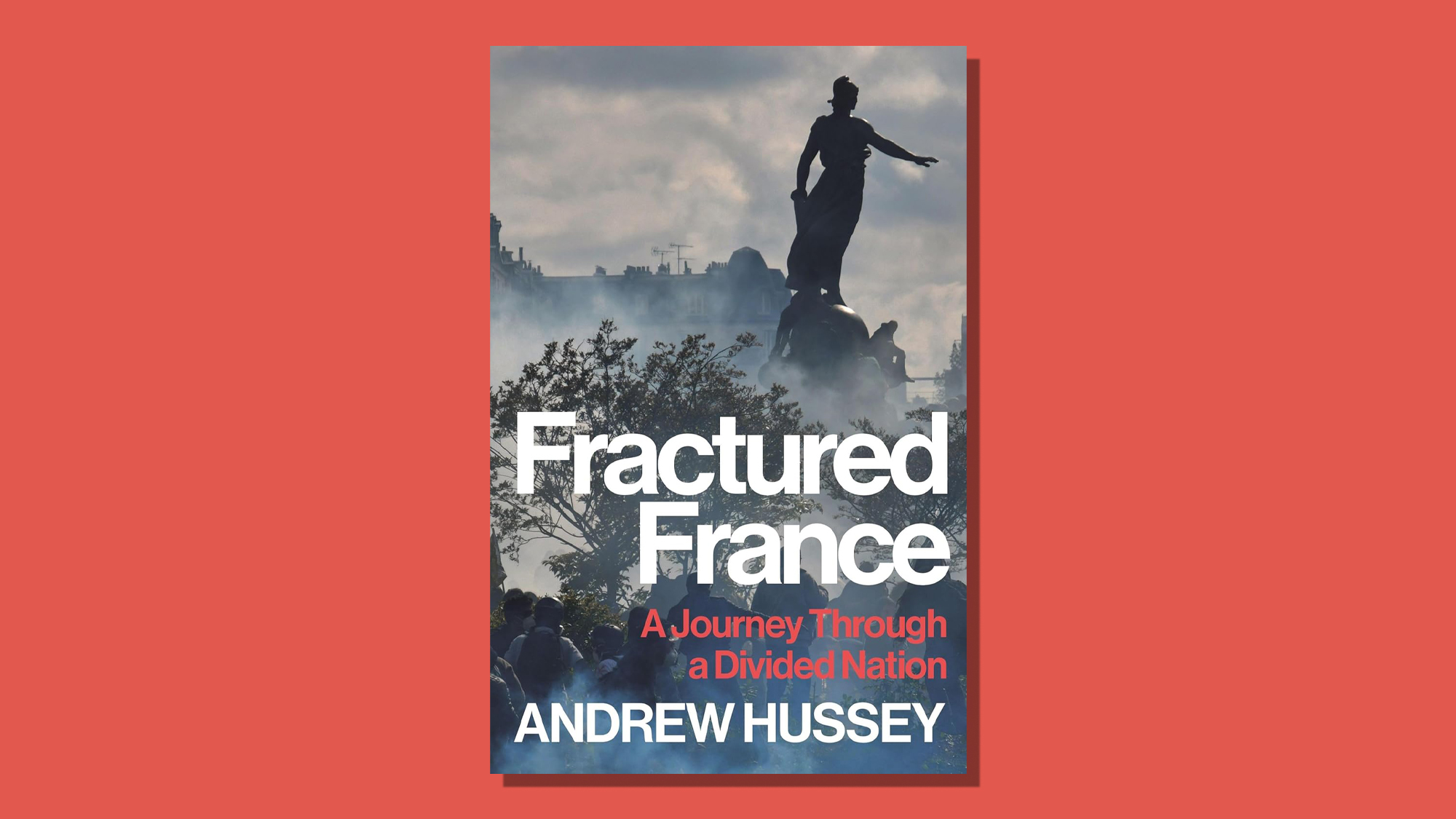
In 2018, the Paris-based British historian Andrew Hussey was caught up in a riot while cycling in Paris, said Kim Willsher in The Observer. As he dodged chunks of paving stone and other missiles, and felt tear gas scorching his eyes, Hussey – “in his early 60s with a heart condition” – became fearful for his life.
Yet he was struck by something else: the protesters were mostly “respectable looking” and middle-aged. How could it be that such “outwardly ordinary” people had such visceral hatred of the police? And what did it say about France? To find out, Hussey set out on a journey across the country, from the “working-class post-industrial” towns of the north to the Mediterranean port of Marseille, where around a third of the population are of Muslim origin.
The result, “Fractured France”, is a “readable” and timely blend of “memoir, travelogue and personal confession”, punctuated by interviews with writers and intellectuals. If it ends up being “less about the French and France and more about Hussey and France”, then it’s “all the better for it” – since the author’s “meanderings” are what “brings it alive”.
The Week
Escape your echo chamber. Get the facts behind the news, plus analysis from multiple perspectives.

Sign up for The Week's Free Newsletters
From our morning news briefing to a weekly Good News Newsletter, get the best of The Week delivered directly to your inbox.
From our morning news briefing to a weekly Good News Newsletter, get the best of The Week delivered directly to your inbox.
Hussey takes the “terms” of his enquiry from the “innovative geographer Christophe Guilluy, his first interviewee”, said David Sexton in The Times. Guilluy claims France is bitterly riven between a périphérique who live in the countryside, suburbs and small towns, and an elite who inhabit 15 or so vibrant “citadels”. This concept has “largely replaced” the notion that it’s only the banlieues, or immigrant-heavy suburbs, which are “seriously disaffected”.
Given how “compelling” Guilluy’s theory is, it’s a shame Hussey didn’t spend more time talking to the “struggling and increasingly estranged men and women” who are the subjects of his analysis, said Robert Zaretsky in The New Statesman. He spends too much of the book conversing with fellow intellectuals – or on “picturesque” detours into food and culture, which are of only dubious relevance.
The idea that France is “fractured” is of course nothing new, said Graham Robb in The Spectator. The discontents Hussey highlights – whether gilets jaunes protests by disgruntled motorists or the rise of far-right extremists – don’t seem “particularly unusual” to any “veteran historian of the fractious Fifth Republic”. Still, as an “on-the-ground” journey through the often “crazed landscape” of contemporary France, his book is “poignant, shocking, informative and funny”. It could even be used as a kind of anti-guidebook: “Where Not to Go in France”.
A free daily email with the biggest news stories of the day – and the best features from TheWeek.com
-
 A foodie guide to Edinburgh
A foodie guide to EdinburghThe Week Recommends Go all-out with a Michelin-starred meal or grab a casual bite in the Scottish capital
-
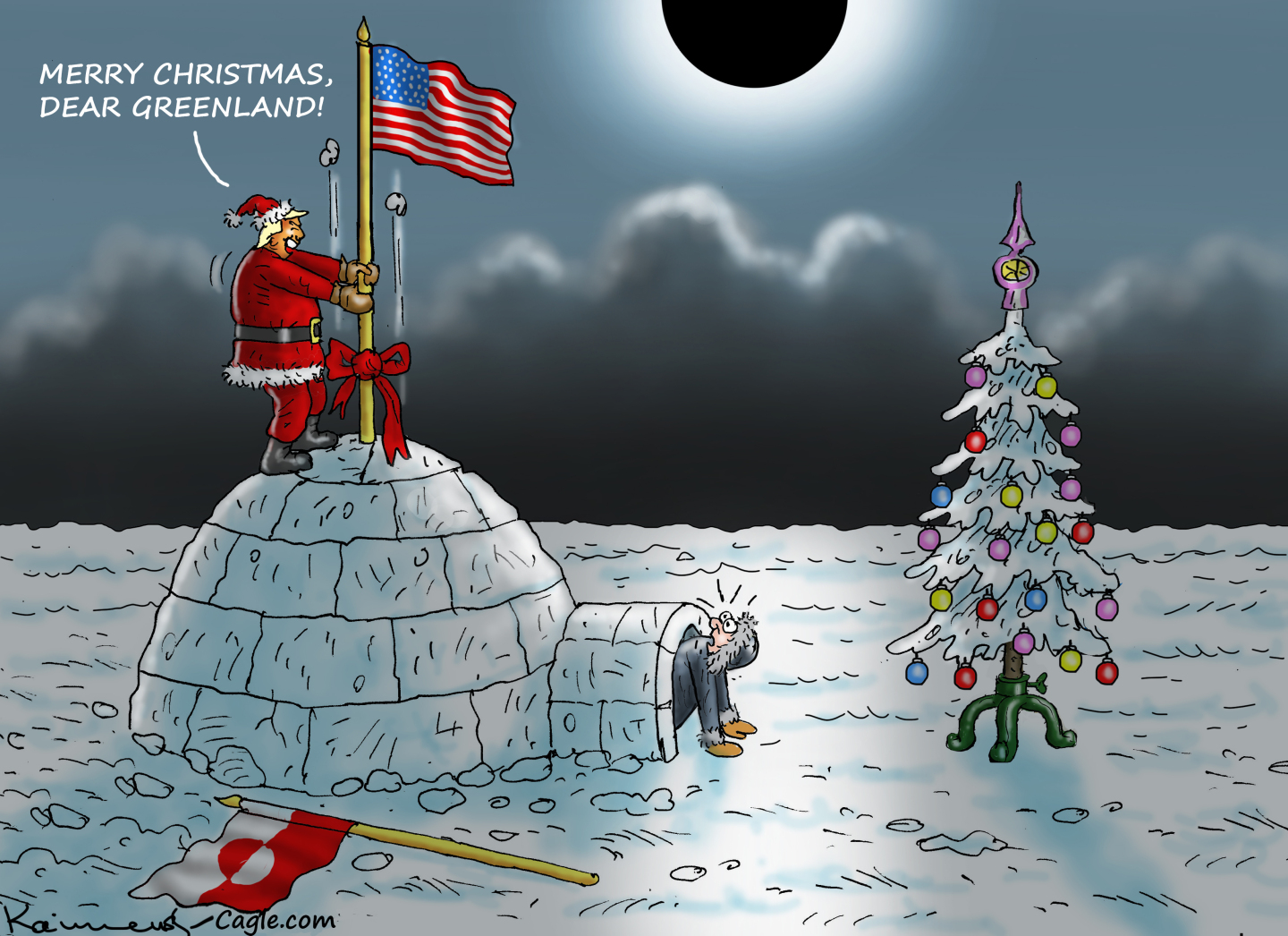 Political cartoons for December 24
Political cartoons for December 24Cartoons Wednesday's political cartoons include Christmas in Greenland, grinchflation, and California floods
-
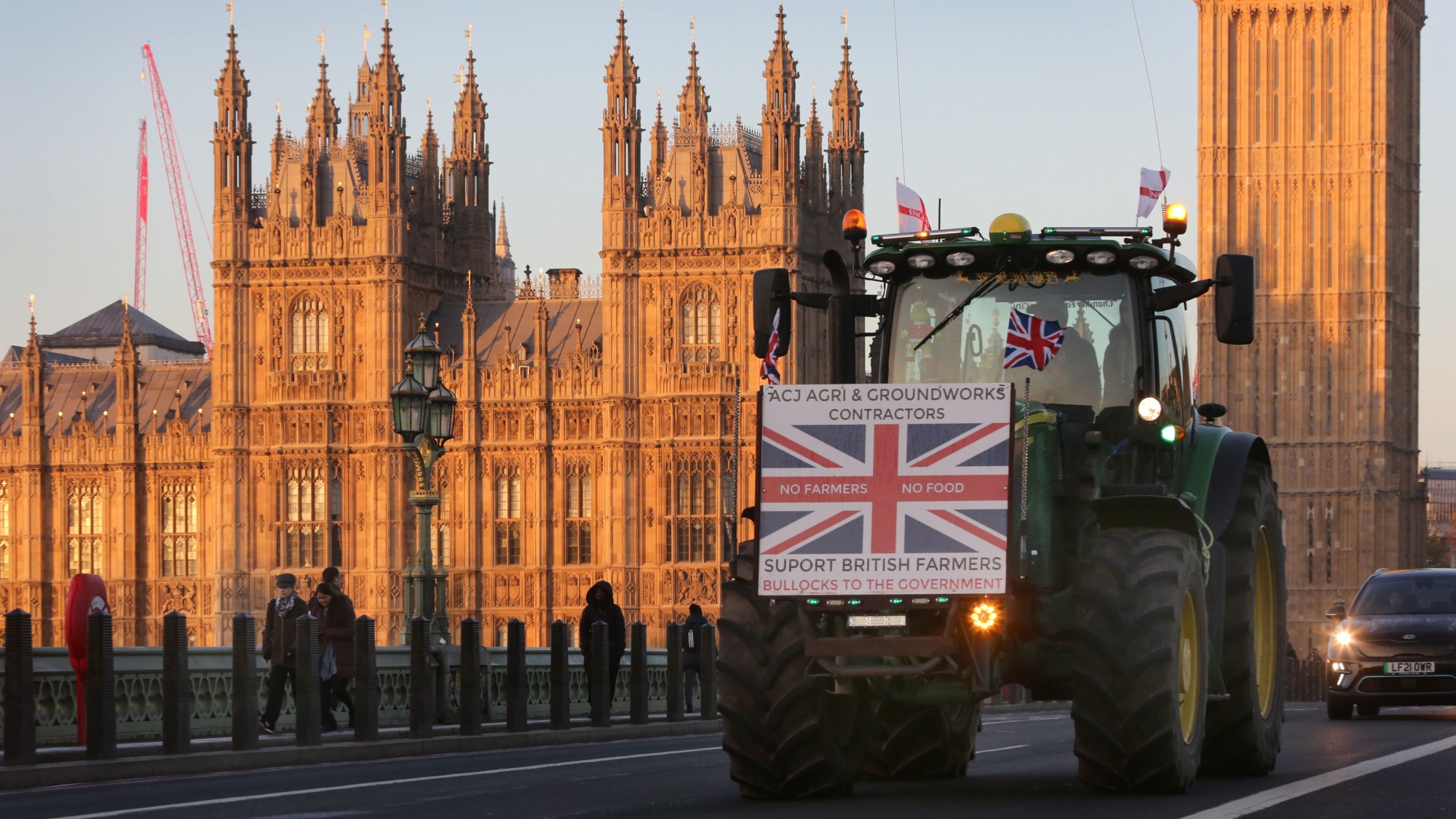 Is there a Christmas truce in the Starmer farmer ding-dong?
Is there a Christmas truce in the Starmer farmer ding-dong?Today’s Big Question There’s an ‘early present’ for farmers but tensions between Labour and rural communities remain
-
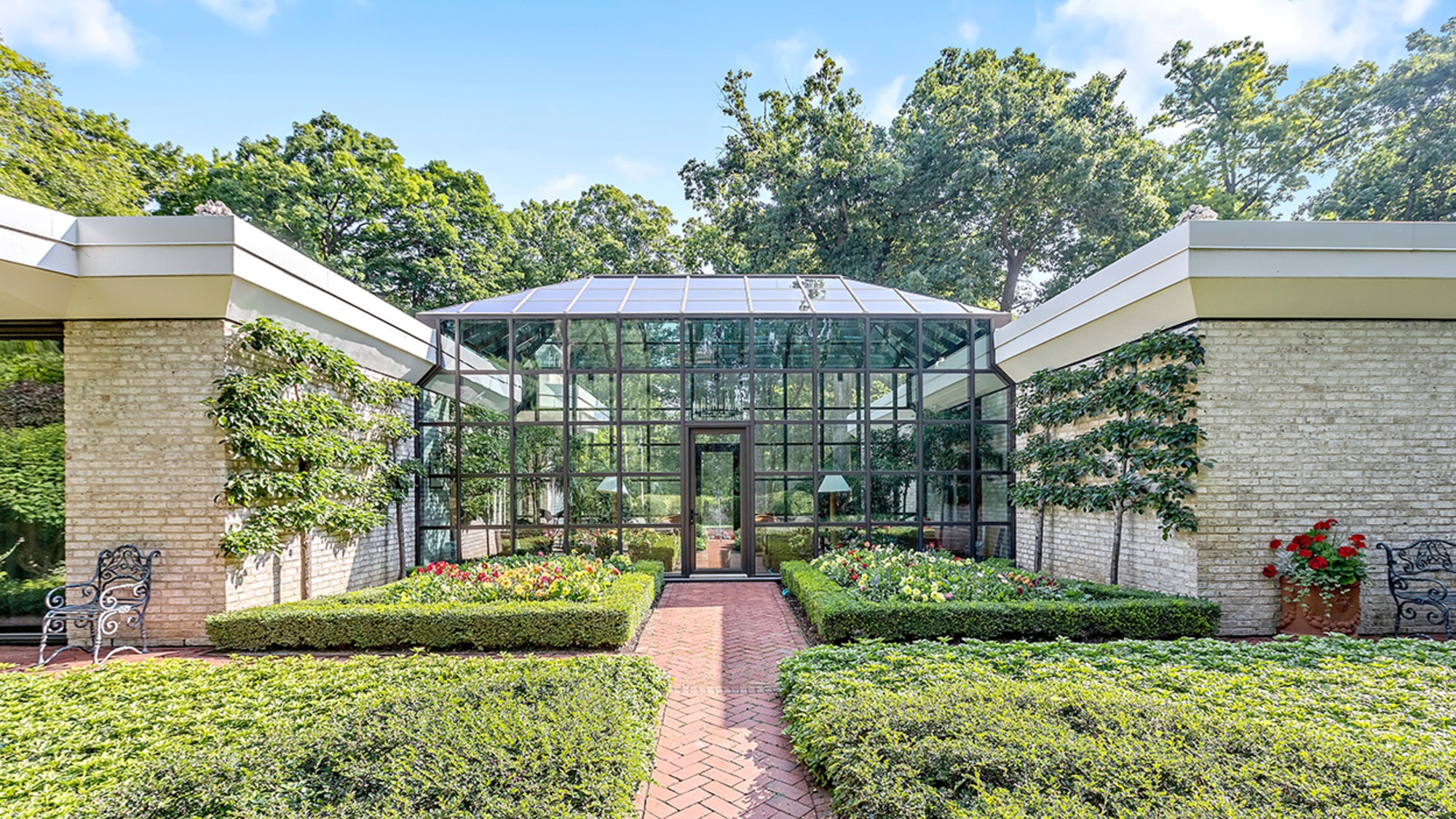 The best homes of the year
The best homes of the yearFeature Featuring a former helicopter engine repair workshop in Washington, D.C. and high-rise living in San Francisco
-
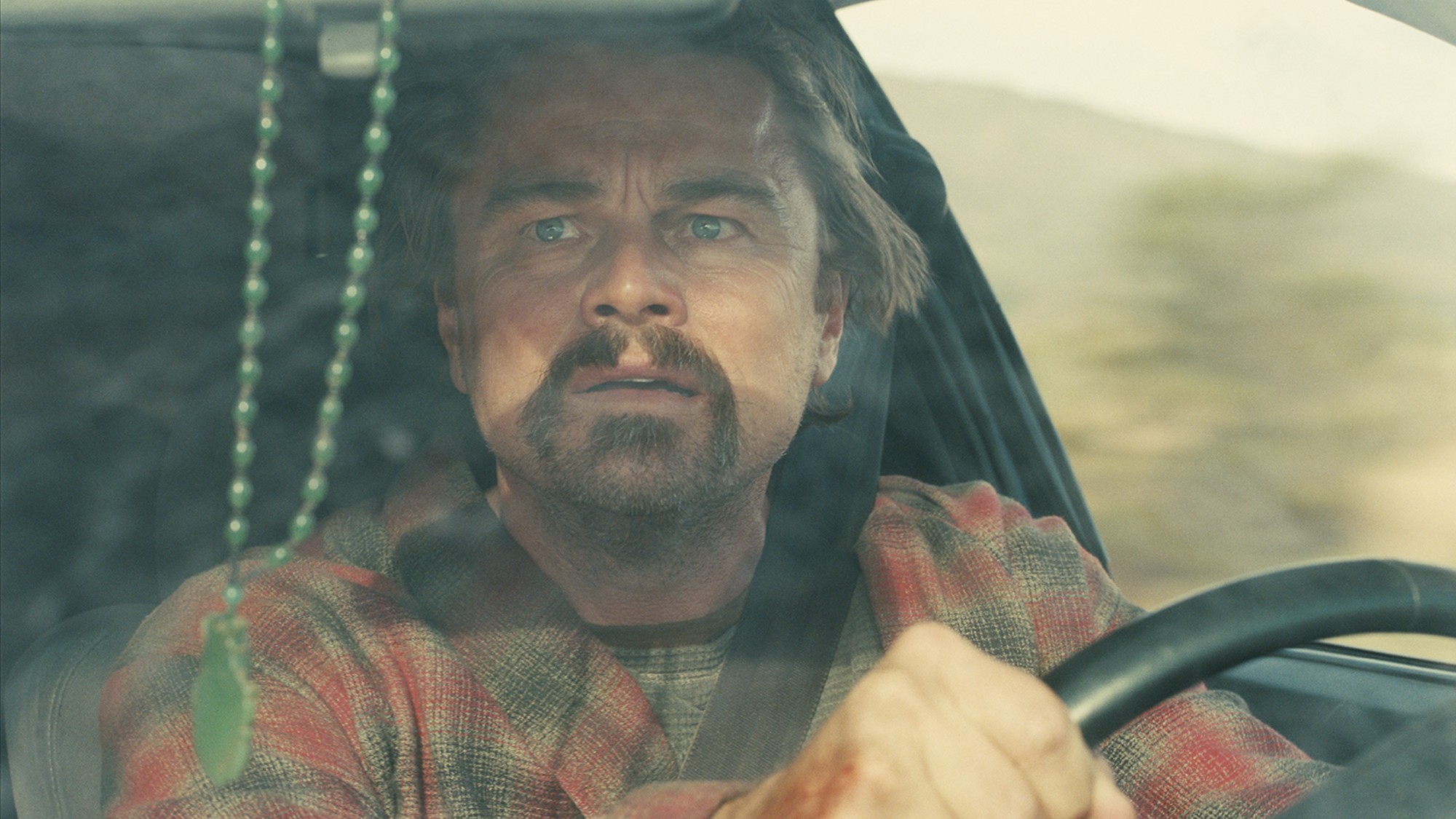 Critics’ choice: The year’s top 10 movies
Critics’ choice: The year’s top 10 moviesFeature ‘One Battle After Another’ and ‘It Was Just an Accident’ stand out
-
 A luxury walking tour in Western Australia
A luxury walking tour in Western AustraliaThe Week Recommends Walk through an ‘ancient forest’ and listen to the ‘gentle hushing’ of the upper canopy
-
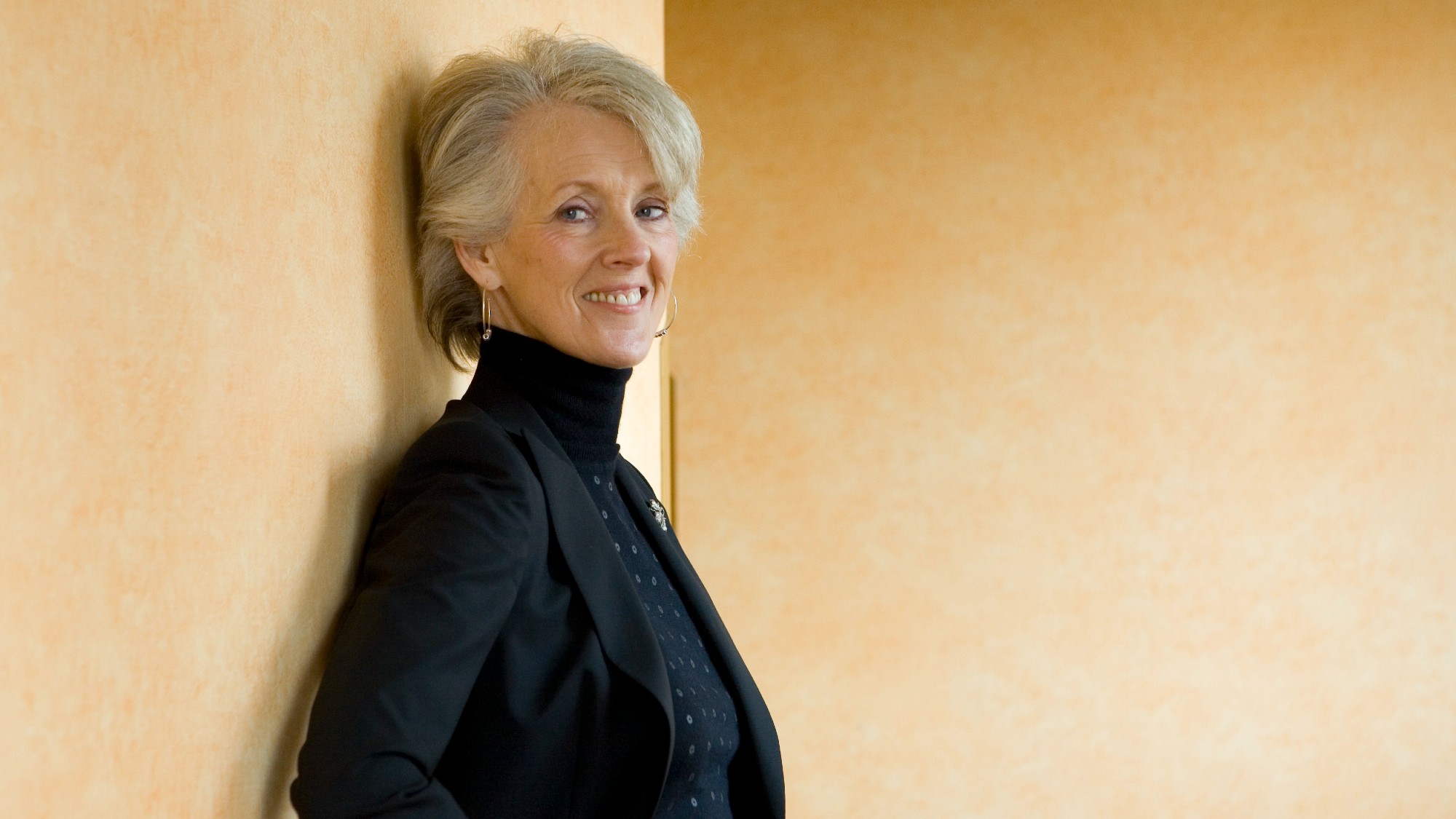 Joanna Trollope: novelist who had a No. 1 bestseller with The Rector’s Wife
Joanna Trollope: novelist who had a No. 1 bestseller with The Rector’s WifeIn the Spotlight Trollope found fame with intelligent novels about the dramas and dilemmas of modern women
-
 Appetites now: 2025 in food trends
Appetites now: 2025 in food trendsFeature From dining alone to matcha mania to milk’s comeback
-
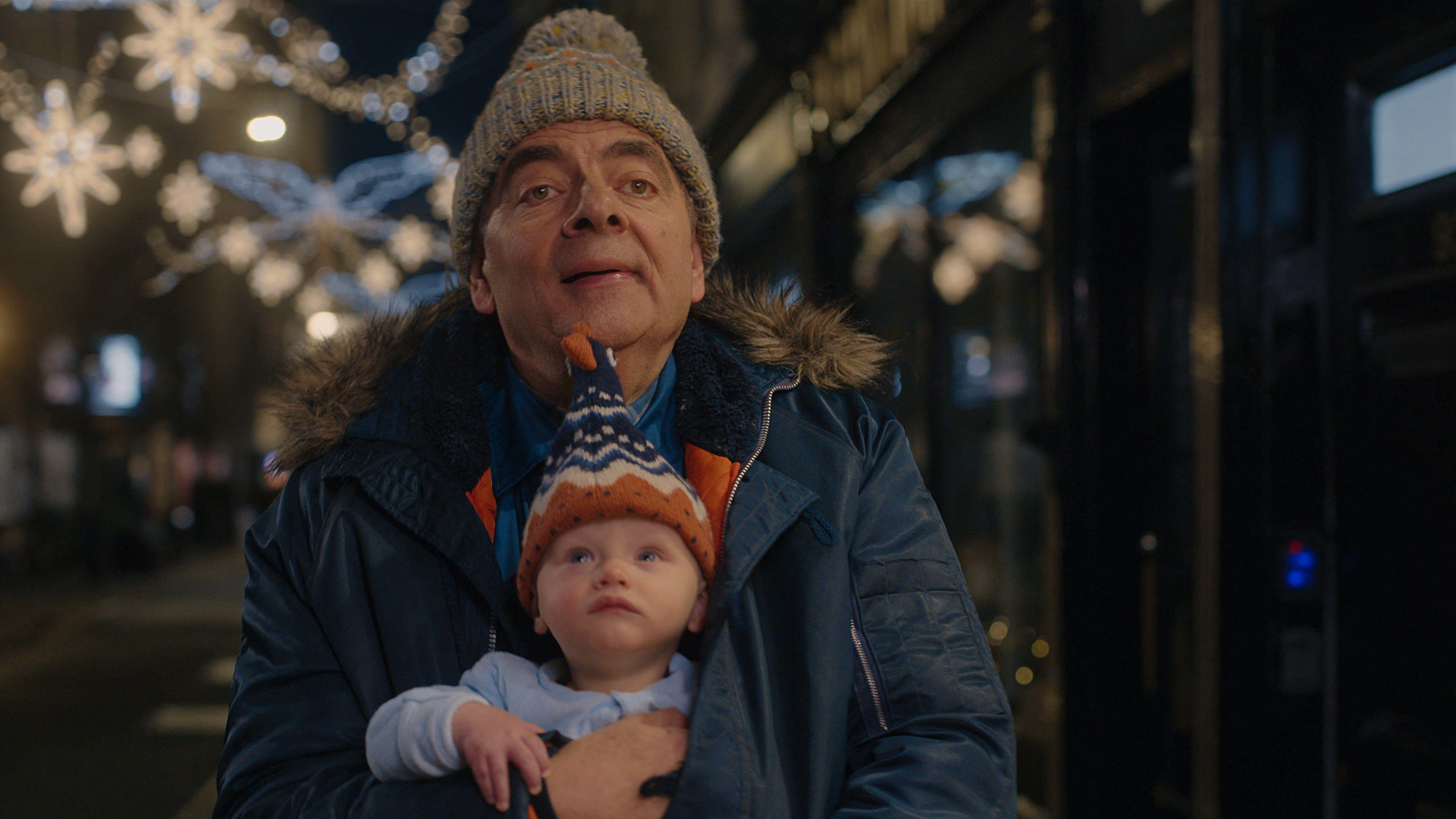 Man vs Baby: Rowan Atkinson stars in an accidental adoption comedy
Man vs Baby: Rowan Atkinson stars in an accidental adoption comedyTalking Point Sequel to Man vs Bee is ‘nauseatingly schmaltzy’
-
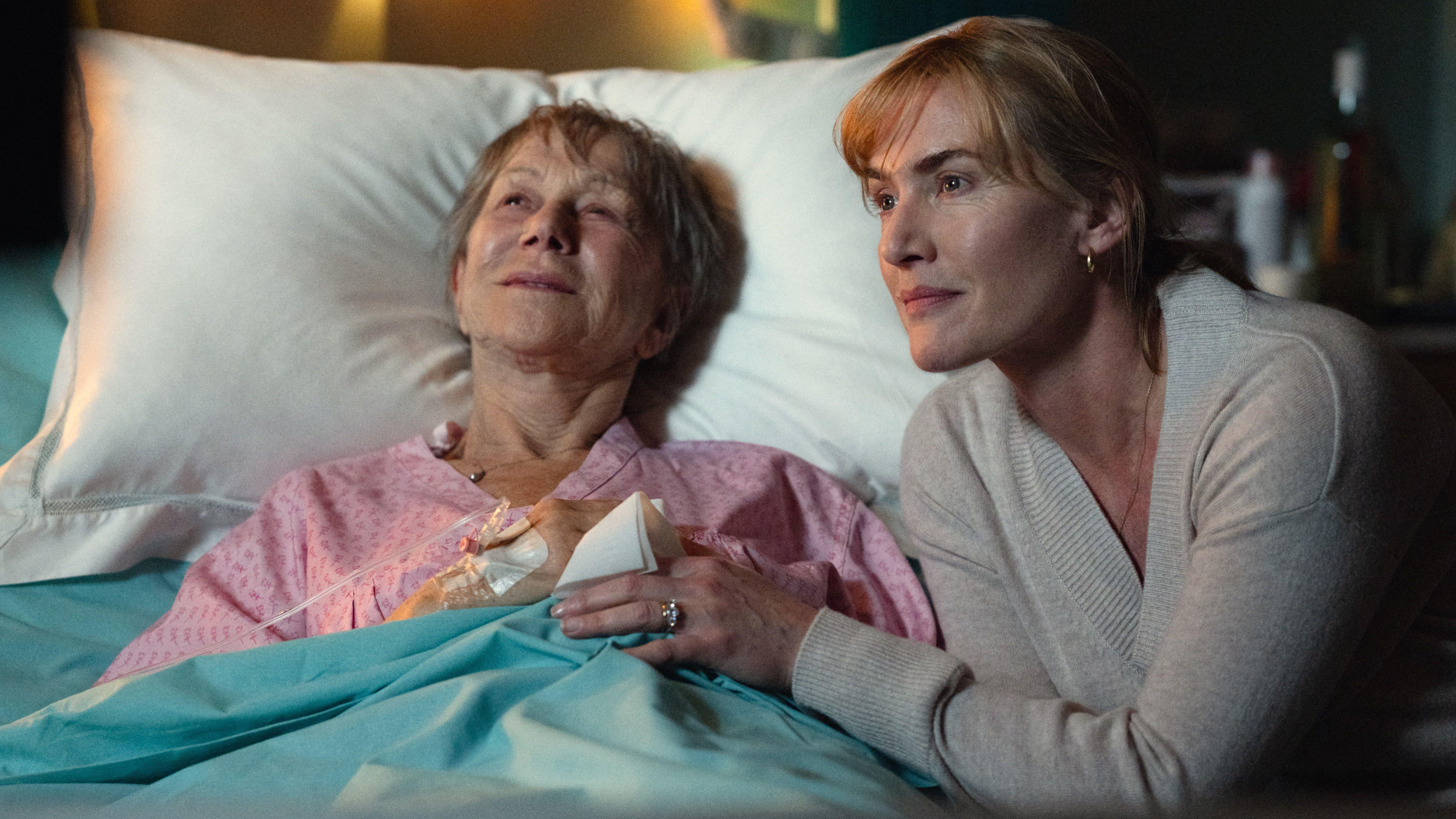 Goodbye June: Kate Winslet’s directorial debut divides critics
Goodbye June: Kate Winslet’s directorial debut divides criticsTalking Point Helen Mirren stars as the terminally ill English matriarch in this sentimental festive heartwarmer
-
 A Christmas Carol (or two)
A Christmas Carol (or two)The Week Recommends These are the most delightful retellings of the Dickens classic from around the country